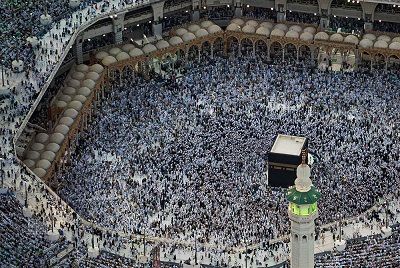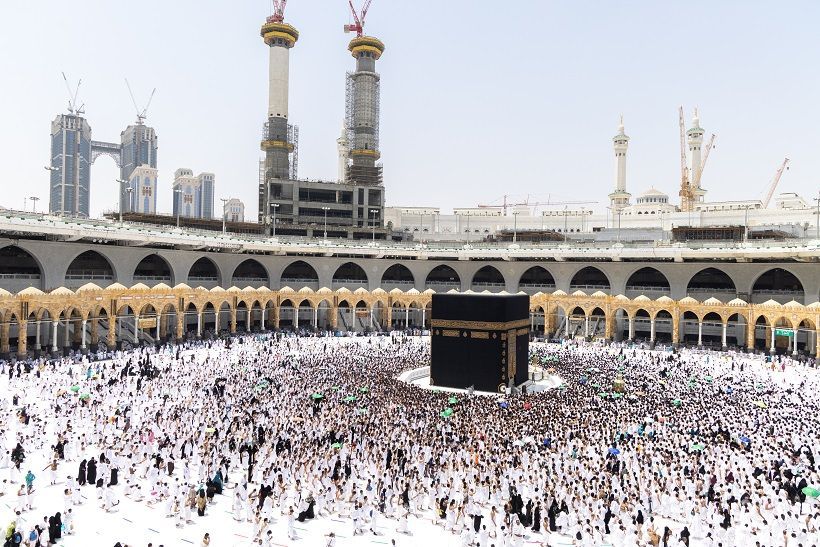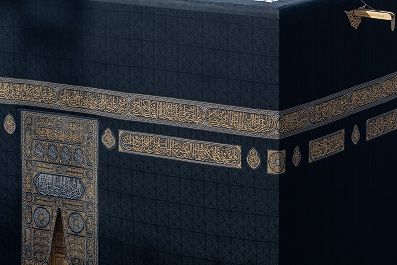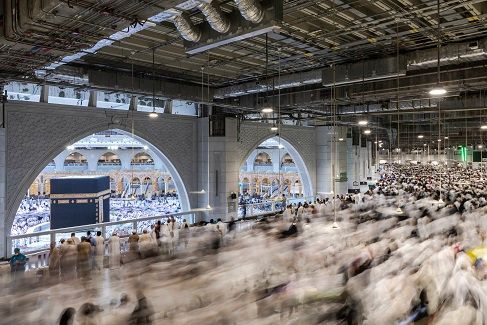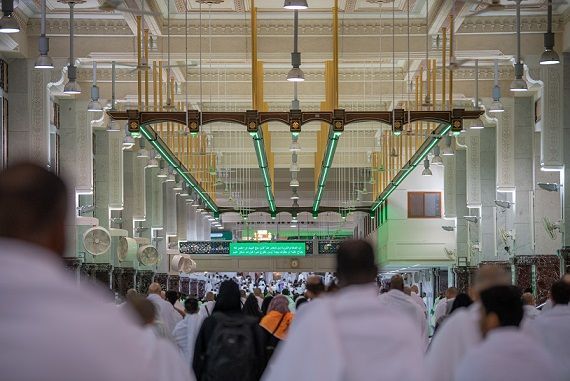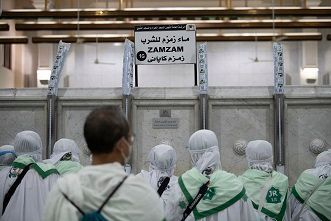Holy site
Makkah is the holiest city for Muslims. It embraces Masjid Al Haram (the GreatMosque) and Kaaba, the qiblah for Muslims to which they turn in their prayers. Muslims yearn to visit Makkah to perform Hajj or Umrah. In this city, Prophet Muhammad, the most honorable of creation, the seal of the prophets and messengers, our master Muhammad, peace be upon him, was born, and from it, the tolerant message of Islam was launched to all corners of the world after the Holy Quran was revealed. Makkah is located in the western part of Saudi Arabia. During the reign of the kings of Saudi Arabia, it received great interest. Makkah still enjoys great attentionto provide the best services to pilgrims. Its most prominent landmark, Masjid Al Haram, witnessed many expansions that included all parts of the mosque, and the holy sites received a series of development works to provide all means of comfort and reassurance for all pilgrims from inside and outside the Kingdom.


